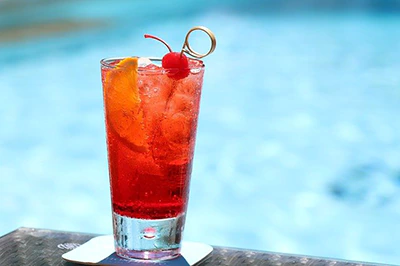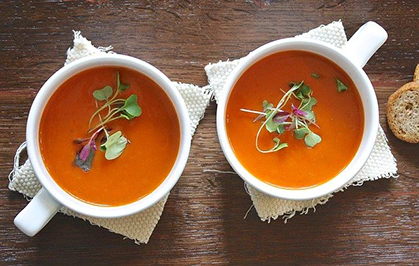| Additive Summary | Beta-Apo-8′-Carotenal (E160e) |
|---|---|
| Essence | Beta-Apo-8′-Carotenal or E160e is a Carotenoid naturally found in oranges, grapefruits, and other citrus fruits, as well as spinach, lettuce, kale, cabbage, and other green vegetables. In food, supplements, medicine, and cosmetics, it is used as a means of orange to dark red coloring. |
| Names | CI 40820, Beta-Apo-8′-Carotenal, E160e, CI Food Orange 6, Food Orange 6, CAS 1107-26-2, trans-beta-Apo-8′-carotenal, Apocarotenal, C Orange 16, β-apo-8’-carotenal, and others. |
| Sourcing | While it would be possible to derive it from natural sources, this additive is typically produced through chemical synthesis. |
| Manufacturing | There is not a lot of information disclosed when it comes to manufacturing the Food Orange 6. All in all, it seems that it is typically some sort of process which employs solvents like isopropanol, acetone, methanol, and water. The final product is typically at least 96% pure β-Apo-8’-carotenal. |
| Application | Coloring (orange to red to dark red, water-insoluble, fat-soluble). |
| Acceptable Daily Intake | It is recommended to consume no more than 0.05 milligrams of the additive for every kilogram of body weight a day. |
| Side Effects | None. Going crazy on the Beta-Apo-8′-Carotenal can cause yellow or orange (sometimes red) discoloration of the skin, faecies, and internal organs. A relief of the substance in the diet should make discoloration go away. |
| Benefits | As a Carotenoid, it has many benefits. It offers powerful antioxidant, anti-cancer, and anti-inflammation properties. It can also boost the immune system, fight off disease, improve heart health, and promote eye health. Additionally, human bodies are capable to turn this Carotenoid into vitamin A. This means that, in theory, this also has the capacity to bring every gain associated with that vitamin. |
| Studies | 90+ studies on Pubmed. Less than 10 studies on safety. |
| Allergens | None. |
| Diet Restrictions | None. |
| Health Knight Assessment |
Only Beneficial. | Category 0 Additive. |
| Products | It is very rarely found in supplements. When it comes to processed foods, it can be found in pastries, chocolates, cheeses, cheese snacks, cheese-containing ready-to-eat dinners, creamers, cocktails, fruit drinks, soft drinks, energy drinks, pies, sweets, candy, yogurts, fruit juices, plant-based drinks, sauces, shrimps, cakes, macaroni & cheese, dips, marzipan, dressings, burgers, desserts, soups, nachos, tacos, salads, jalapenos-related foods, burritos, smoked sausages, cookies and biscuits, jams, margarine, oils, jellies, and others. |



